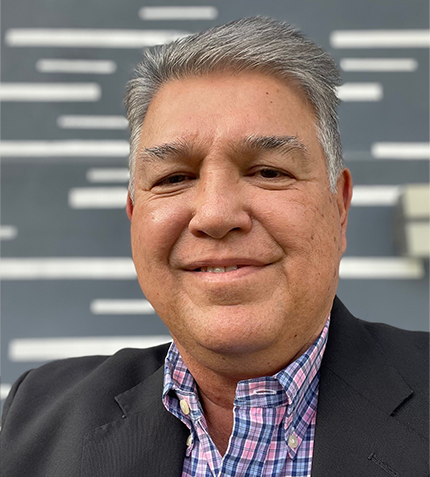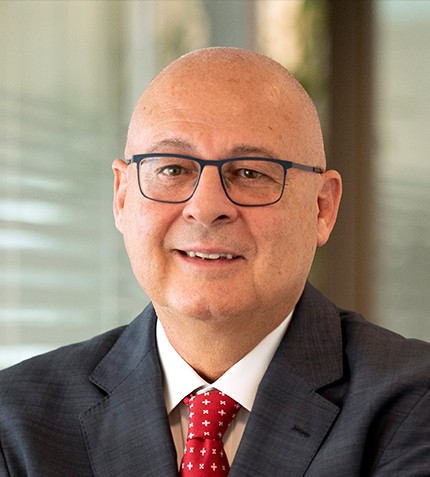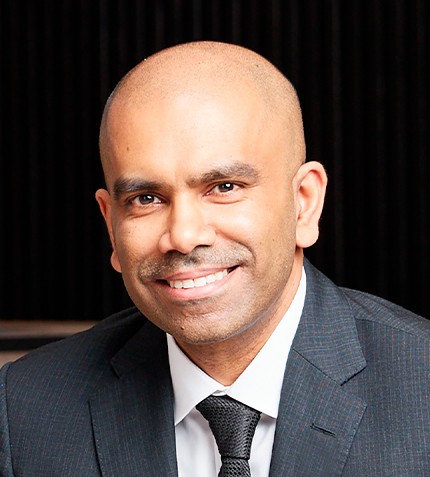
“AMVAC is currently working on bringing to Mexico technology that allows you to collect and share data on your carbon footprint. This way, you can more efficiently track the reduction of carbon emissions.”
Marco Salcedo
DIRECTOR GENERAL – MEXICO, AMVAC
What have been the main highlights at AMVAC in Mexico over the past year, including the acquisition of Agrinos?
Since we last spoke, we have been through a deep restructuring process in Mexico. In October 2020, AMVAC announced the acquisition of Agrinos, a biological company that had been operating in Mexico for more than 10 years, to complement our portfolio of biologicals. The integration of these products has allowed us to better face the needs of the market. In 2021, we will nearly double what Agrinos had done in the past which translates in excellent growth for us.
On the chemicals side of the company, we also saw excellent results this year. Our traditional portfolio will grow close to US$5 million and over US$2 million through acquisitions. Alliances we have with other companies have also generated great results.
Can you explain how the company’s portfolio is split between chemicals products and biological products, and what has been stimulating growth?
Our biological products are still a relatively new, growing portfolio. We introduced a strong field presence here, especially in vegetables, bananas, sugar cane, pineapples, and agave markets. We were especially active in soil insecticides, but we are working to increase our market presence.
The doubling in fertilizer costs has helped stimulate demand for these types of products that help the crop to better assimilate nutrients. We maintain a permanent search for other compounds that can complement AMVAC’s current offerings, helping us to grow. Lastly, the fact that AMVAC has five plants in the US as well as one in Sonora, MX to supply most of our needs represent an additional advantage.
How can technology help improve the sustainability of farming operations, and help feed an ever-growing population, while at the same reducing their environmental impact to combat climate change?
We are living exciting times given the available technologies. AMVAC is currently working on bringing to Mexico technology that allows you to collect and share data on your carbon footprint. This way, you can more efficiently track the reduction of carbon emissions. This technology was launched in the US in 2021 with great results, so we are excited. At the end of the day, it is not just about saving products, but helping the environment.
By 2050, we need to increase our crop productivity by 70% in the field. We do not have enough additional land to do that, so we need to think about how to increase productivity. AMVAC is reviewing its portfolio to see which products can be replaced in the future with new technologies. For example, we just launched an initiative called Smart Soil by AMVAC, which combines chemical and biological concepts to help prevent soil depletion and improve control of specific problems, such as Fusarium in agave.
Can you elaborate on how AMVAC develops new concepts in the field?
AMVAC was not used to do research within Mexico. Instead, we brought in technology developed in the US. In 2020, we started our own research and development department, which has allowed us to do our own testing. With this effort we developed products such as a biological nematicide and a surfactant, and we are working in new concepts for Mexico conditions, having the opportunity to work with growers in this new technologies is a huge bonus.
What are your thoughts on the actions of the Mexican government regarding agrochemicals?
In my view, the government should act based more on research than on ideology. Additionally, there is a huge jam in the registration process, so when new compounds that could help growers are developed, the new technology cannot be applied. We are mainly using products that were registered three or four years ago. Our government should start by reviewing this regulatory process and then turn to a research-based approach to support this industry.
Of the different crop markets in Mexico, which do you see as having highest potential for growth?
Over the past five years, berries have become huge in Mexico, as have avocados, and the market has a lot of potential. Additionally, vegetables will continue to be the flagship crop. Our weather, soil and sun conditions are great for growing fruits and vegetables. They even taste better.
We also must start looking for different markets in addition to the US. Today, we are turning our attention to South America, Asia, and Europe as the demand for Mexican products grows.
What is AMVAC’s vision for Mexico in the next two years?
When I started with AMVAC Mexico three years ago, the company was small. Our target was to be recognized as a good quality mid-sized supplier, which we have achieved. Today, AMVAC is one of the fastest growing agro-companies in Mexico. We keep looking into new concepts, ensuring that the projects already underway in Mexico are managed with the highest standards by our local team.










